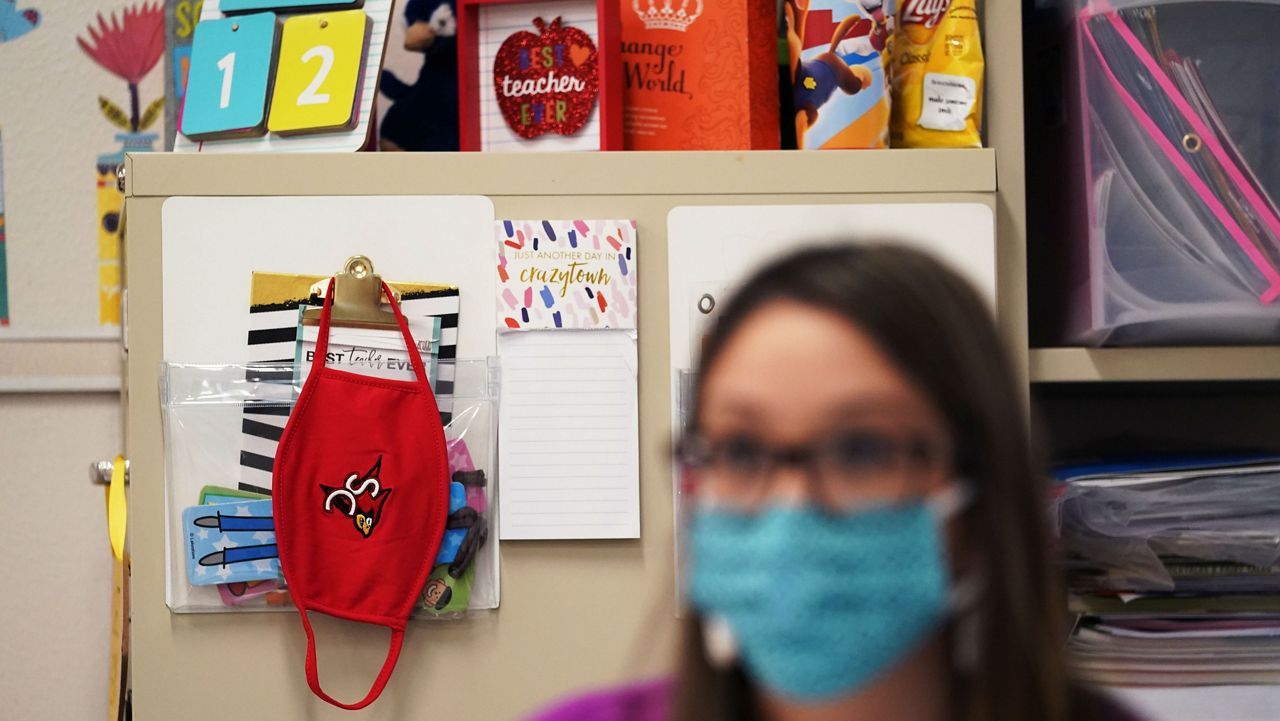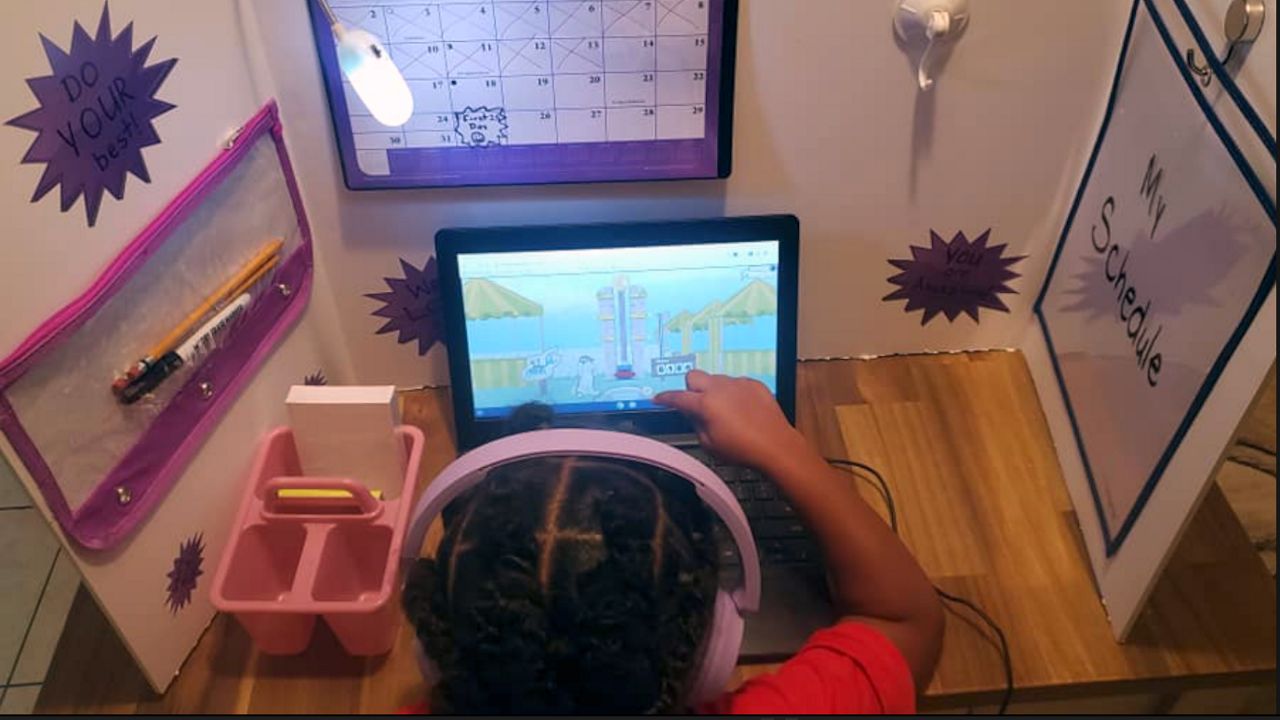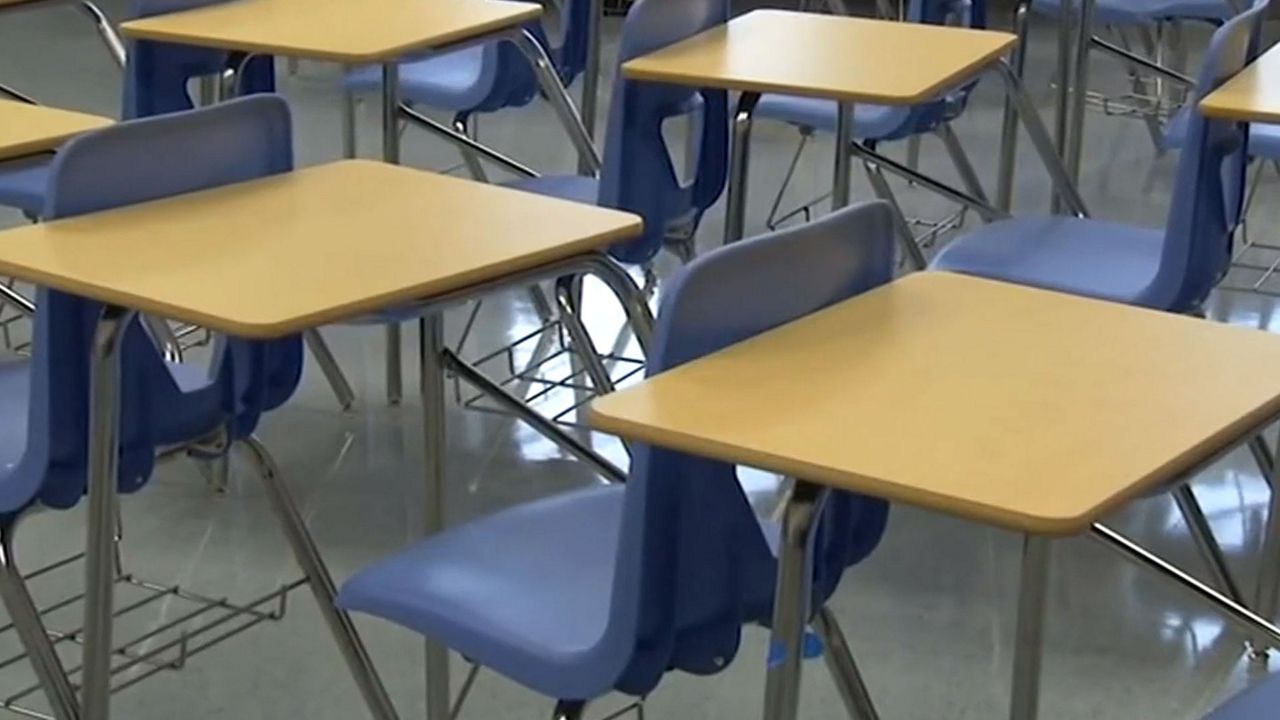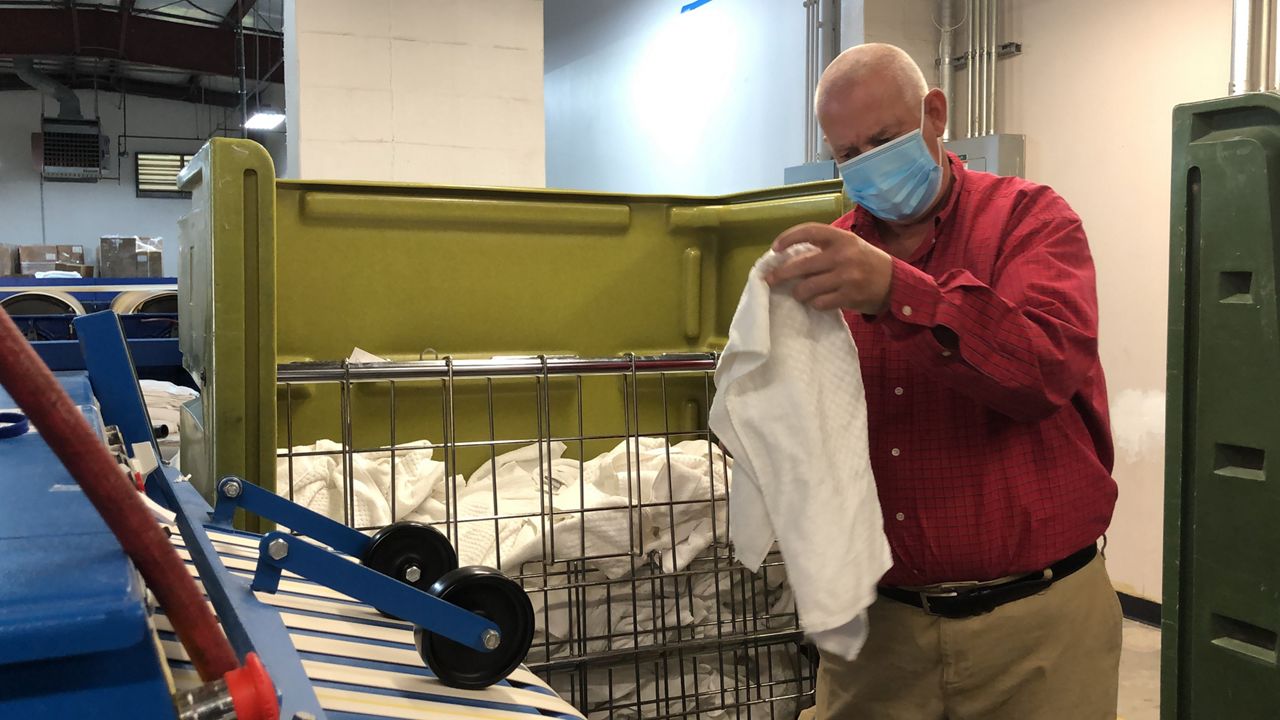LEXINGTON, Ky. – Many school districts across the country, including some in Kentucky, are experiencing a shortage of substitute teachers. With surges of educators filing for retirement or taking leaves of absence, the departures are straining staff dealing with shortages of teachers and substitutes even before the pandemic created an education crisis.
What You Need To Know
- Substitute teacher shortage existed in some districts before pandemic
- Surge in retirements and fear of getting virus contribute to problem
- Shortage could become more evident when students return to class
- Some school districts have raised pay and relaxed requirements for substitutes
While most classes are currently virtual, there is no limit to the number of kids per classroom, but what happens when those students return to class? Many states experienced high numbers of teachers retiring and are anticipating some leaving in the middle of the year because of growing concerns about contracting COVID-19 and frustration over remote learning.
The Kentucky Education Professional Standards Board issues Substitute Teaching Certificates to qualified applicants that have a Statement of Eligibility for a Kentucky teaching certificate. This means one must have at least a bachelor’s degree with a 2.5 total grade point average and have graduated from a Kentucky teacher preparation program, including a student-teacher internship. One also may receive a Substitute Teaching Certificate if one has previously held a Kentucky teaching certificate. Substitutes in Kentucky must also pass a background check.
Kentucky Department of Education Chief Communications Officer Toni Konz Tatman said it is difficult to track a substitute teacher shortage at the state level because the problem varies by district and because of the number of substitutes that are able and willing to work.
“We are aware that some of our districts are reporting that they are experiencing a shortage of substitute teachers at this time and they are using a variety of methods to recruit additional subs and using incentives to keep the ones they have. For example, offering them additional pay,” she said. “There are also some districts that are utilizing retired teachers for virtual instruction instead of asking them to come in for in-person instruction.”
Some states, such as Missouri, Iowa, and Connecticut, have relaxed requirements to be a substitute teacher in preparation for a shortage of substitutes, according to a story by the Associated Press. Instead of the previous requirement of 60 hours of college credit in Missouri, eligible substitutes now only need to obtain a high school diploma, complete a 20-hour online training course, and pass a background check. Iowa relaxed requirements and lowered the minimum working age for substitutes and in Connecticut, fifth-year graduate students in college have been asked to substitute.
“Substitute teachers (are) going to be stepping into a classroom usually because somebody’s sick,” Amanda von Moos, the co-founder and managing director of Substantial Classrooms, a national nonprofit focused on improving substitute teaching told Education Week. “The biggest question on everybody’s mind — what I would call an unspoken question — is who is going to be comfortable stepping into that situation? And what would help somebody be comfortable stepping into that situation?”
Even before the pandemic, many districts reported difficulties finding enough substitutes to fill teacher vacancies. But since the demand for substitute teachers has skyrocketed, Nicola Soares, the president of Kelly Education, which partners with school districts across the country to provide staffing, said some larger districts are asking Kelly Education to double or triple its pool sizes of substitute teachers, alongside temporary food and nutrition workers, school nurses, and secretarial staff, according to Education Week.
Even though some substitutes are unwilling to go back into classrooms, Soares said she thinks there will be enough people to fill the positions. The national average unemployment rate is just over 10 percent, and some of those workers might be interested in subbing. For instance, she said, someone who was laid off from a STEM career would be a “wonderful candidate” to teach a science or math class.
Also, Soares said, some graduating high school seniors or college students might want to take a gap year or a leave of absence from college, given the pandemic and the possibility of classes going online. Those people could serve as substitute teachers for a year, she said. About half of the states, including Florida and Georgia, only require substitutes to have a high school diploma, according to Kelly Education’s data.
Some Kentucky school districts, such as Pike County, have raised the per diem pay for substitute teachers, which has become fairly common, according to study.com.
“We gave our substitutes a raise because they are hard to find right now,” said Rexel Nee Jackson, a member of the Pike County Board of Education.
Jackson said Pike County has seen an increase in teachers retiring because they are not acclimated to the programs used in virtual learning and he anticipates more teachers will retire the longer remote learning is offered and the shortage of substitutes could cause virtual school to be an option longer.
“It wouldn’t surprise me if some of the school districts in Kentucky, especially the bigger ones, stayed virtual because they don’t have enough teachers or substitutes to be in classrooms,” he said. “Of course, no school district wants that, but it’s something that could happen if there aren’t enough substitutes.”
Jefferson County Public Schools spokesperson Mark Hebert said there is no substitute shortage in his district while students attend school online and he does not anticipate a shortage when students return to class.
“Right now it’s not a problem, and to be frank, we’re not worried about it,” he said. “When it’s virtual, there can be many more kids in a classroom. When we go back to in-person learning, that could be different, but it doesn’t look like it will be. We have over 1,900 subs in our system and since we have been in NTI (Non-traditional Instruction) we haven’t had nearly enough jobs for all of them. We’ve only needed to fill about 70 vacancies per day, which is nothing for us. We have subs looking for work and we can’t give it to them.”
Aside from teachers retiring, the fear of contracting COVID-19 has caused many eligible substitutes to withdraw themselves from consideration and contributed to the shortage. Billy Parker, assistant superintendent of operations for Scott County, was quoted in the Georgetown News-Graphic in November of 2019 as saying the district was experiencing a shortage of substitute teachers and bus drivers.
“We have a problem in Scott County — actually it’s a good problem — that most other communities do not have,” Parker said. “Our really good substitutes, we usually lose them to full-time positions within the district. That’s a good thing, but it’s a bad thing.”
Multiple requests for an interview with school officials from Scott and Fayette counties were not answered.








